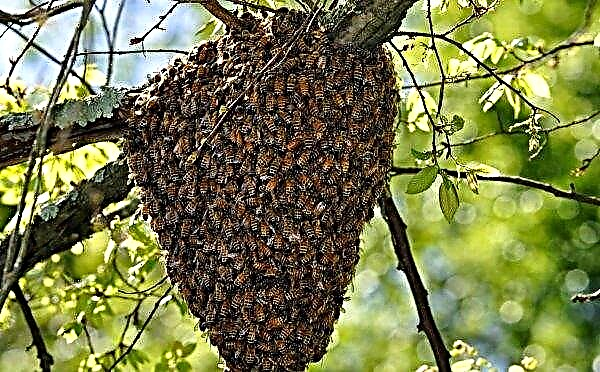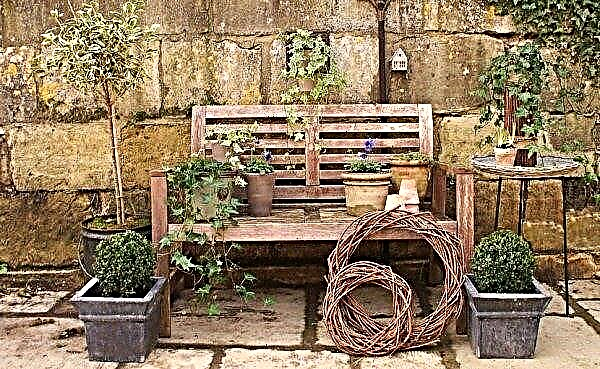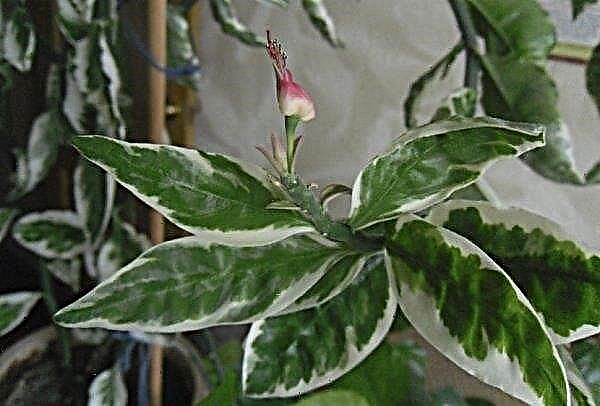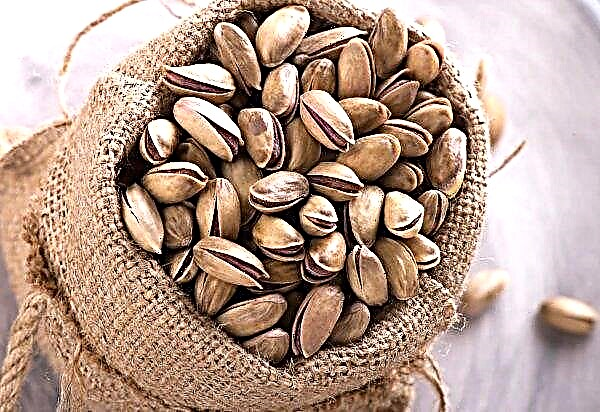Irises are one of the favorite flowers of all. They are gladly grown in summer cottages and presented for all kinds of holidays. At first glance, irises have a unique appearance, but in fact there are a large number of plants that are very similar to this amazing flower.
Alstroemeria
Alstroemeria is a bit like iris in the shape of a flower. This species belongs to the Lily. The stems of the flower are straight and elastic, up to 150 cm high. The flowers themselves are similar to large umbrellas. The colors of the plant are so different that everyone can easily choose a suitable shade. Red, yellow, pink or maroon. Also, some varieties are decorated with dots or stripes.

Planting alstroemeria is not difficult. There are two ways to do this:
- to get seeds;
- plant off from the mother bush.
Of course, the second method is much simpler, and such plants bloom much earlier. But it’s not always possible to get the desired grade and color. If you want to grow from seeds, for seedlings it is best to sow them in early spring. And alstroemeria planted on the flower bed already in warm time, around the beginning of summer. When the bush reaches a large size, it is already possible to take dividends from it, in order to further propagate them.
Video: Alstroemeria planting in the ground
Before planting, you need to provide him with suitable conditions:
- light, fertilized soil;
- a lot of light;
- soil temperature not higher than + 20 ° С.
Did you know? Since 1954, the International Festival of Irises has been held in Florence. This flower is depicted on the emblem of the country.
Acidantera bicolor
Acidanthera is a close relative of gladiolus. In the world there are more than 40 types of acidants. But the most popular is the two-color acidanthera. It can reach up to 100 cm in length. The stem base is covered by a rosette of green linear leaves 40-50 cm long. Basically, the flowers are white or pink. At the core there is a maroon star-shaped spot. Flowering begins in late August or early September and continues until the first cold weather.
Acidante propagates either by bulbs or seeds. You can sow seeds for seedlings in February. The soil in the pot must be moist. The pot should be at a temperature of + 20 ° C. After 2 weeks, the first sprouts appear. Seedlings are transplanted into separate pots in which it will grow for 3 years. Only after this time the bulbs will get stronger and will be ready for planting on the flower bed.
 The flower has a very sugary and sweet aroma, which is a bit similar to the smell of daffodils, but with fruity notes
The flower has a very sugary and sweet aroma, which is a bit similar to the smell of daffodils, but with fruity notes
Xyphium
Xyphiums are one of the types of flowers that are most similar to irises. These plants are considered very moody in care.. Flowers are collected from three inner and three outer perianths. Mostly blue, violet or blue. The leaves of the plant are dense, saturated color. Flowering begins in mid-July. Flowers come in the English group, Dutch and Spanish. Moreover, the English group is more resistant to frost. It can withstand up to -20 ° C.
The most famous types of the English group:
- Prince Albert
- La Newuit.
Dutch:
- Emperor
- King Mov;
- Bronze Queen;
- Wedgwood.
Important! Xyphium can not be planted near groundwater. From them, the plant should be at a distance of 1 m.
Dutch varieties do not differ in frost resistance; temperatures less than -7 ° C are unacceptable for them. Xyphium grows well in well-lit areas. These flowers do not tolerate sudden changes in temperature. A strong wind can easily break the stem, so it is better to plant flowers near buildings that will save them from drafts. Before planting bulbs in the soil, it must be prepared.
Soil of high acidity is not suitable for the plant. To check the acidity of the soil, look at the plants that grow in it. If it is horse sorrel or horsetail, then acidity is increased. To reduce soil acid, you can add dolomite flour, about 400 g. It is best to plant in spring, when the earth warms up to + 15 ° C.

Kasatik water
Flowers belong to the genus of iris, but to a different species. It looks like iris with the shape of a flower and leaves. Flowers are at the end of the stems, in bundles of 3–7 pieces. Flowers of a rich yellow hue. The name of this plant comes from its habitat, and these are mainly swamps, shores of lakes and rivers.
The plant blooms in warm time, mainly in May - June. One flower blooms for a short time, about two days. But, since they bloom gradually, the iris can please the eye for about a week. It is best to grow the plant on moist soil, in well-lit places. Care for the whale is the removal of wilted leaves at the end of the season, as well as protecting the plant from insects and diseases.
 Since kasatik is a natural flower, growing and caring for it is not difficult. Under acceptable conditions, the plant multiplies very quickly.
Since kasatik is a natural flower, growing and caring for it is not difficult. Under acceptable conditions, the plant multiplies very quickly.
Iridodictum
This flower can be found in the wild, near the mountains. Belongs to the family of irises and has a characteristic shape of leaves and flowers. Most iridodictums are yellow, purple or blue. This flower is called a snowdrop iris because it blooms in February and March.. Each bulb of iridodictum gives one large flower. Good light is needed to breed these flowers.
Did you know? When-then the fried iris seeds were an exquisite treat. They made a drink resembling coffee.
The soil should be slightly alkaline or neutral. Do not plant them in water places, as the flowers can’t tolerate moisture and therefore get sick. After planting, while the leaves are green, the plant can be fed with mineral fertilizer. Since the plant does not tolerate moisture, it should be watered only during a drought.

Cuckoo tears
Cuckoo tears - chic plants of the Orchid family, but in their flower shape are more like irises. It is called so because its spikelets look like tears. But among the people there are several legends. One of them is the story of a cuckoo who could not make her nest and therefore cries, and where her tears drip, an excellent flower grows.
The color of the flower is mainly blue, purple or blue.. On the petals is a white pattern. Plants bloom in June. The leaves are thin, linear in shape. The first flowering of the plant begins in late May, and the seeds begin to appear in mid-June.
 A favorable environment for it is considered moist soil, so it is found mainly near marshes or on the banks of the river
A favorable environment for it is considered moist soil, so it is found mainly near marshes or on the banks of the river
Cuckoo tears are actively used in folk medicine, for the preparation of useful decoctions.
- This plant strengthens the whole body as a whole. It also has a positive effect in the treatment of:
- Diseases of the respiratory tract (bronchitis, asthma, pneumonia and tuberculosis).
- Gastrointestinal tract diseases (ulcer, gastritis, diarrhea).
Important! During the preparation of tinctures from cuckoo tears, it is necessary to carefully filter the product, since if parts of the plant enter the body, they can cause side effects.
There are many varieties of flowers that resemble noble irises with their appearance. Each of them is unique in its own way and requires a special approach to growing. But if you approach this matter with responsibility and love, then you can easily grow any of these types. And every year to admire gorgeous flower beds.












